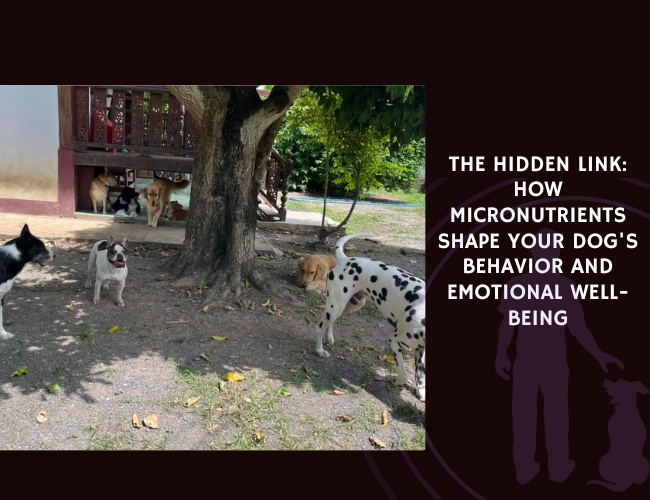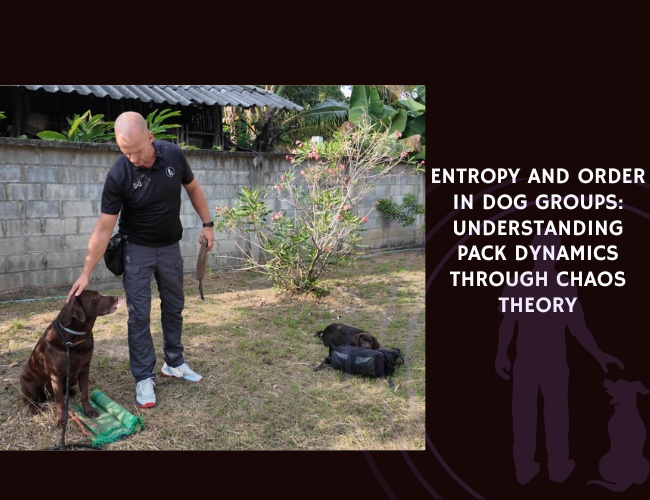Dogs possess a rich and flexible communicative repertoire that allows them to navigate both intraspecific (dog–dog) and interspecific (dog–human) interactions. According to Siniscalchi et al. (2018), dogs adapt signals originally evolved for conspecific communication—such as posture, facial expressions, tail movement, vocalizations, and scent marking—to interactions with humans, often with altered meaning and context.
Visual communication is especially prominent, with dogs using ear, tail, and body positioning to convey emotional states. Acoustic signals, including barks, growls, and whines, serve nuanced roles that differ when directed at dogs versus humans. Olfactory communication remains central to dog–dog interaction but also plays a role in bonding and recognition with humans.
The review also notes lateralized brain activity underlying communication, where different hemispheric patterns are activated depending on the type of signal or interaction. This provides insight into the neural basis of dogs’ remarkable social adaptability.
Overall, the study underscores how the long process of dog–human cohabitation has shaped communication strategies, enabling dogs to become highly skilled at cross-species interaction.
Source: Siniscalchi, M., d’Ingeo, S., Minunno, M., & Quaranta, A. (2018). Communication in Dogs. Animals, 8. References: 112. Citations: 88.










